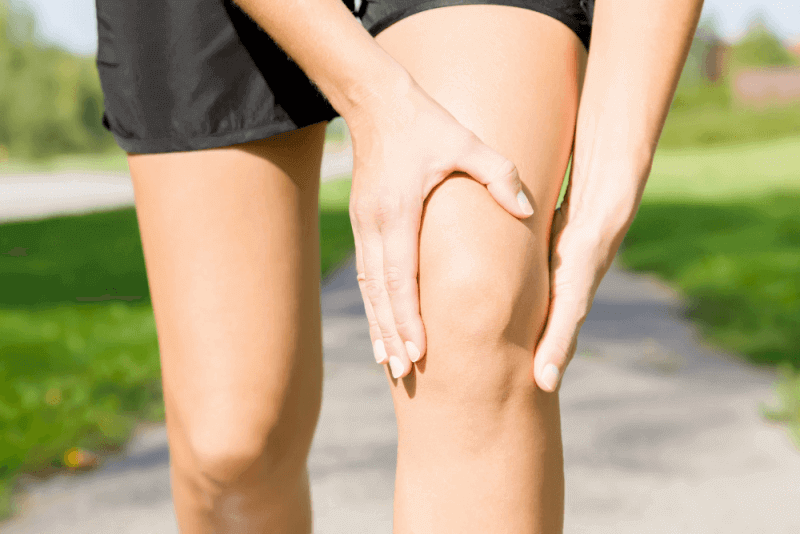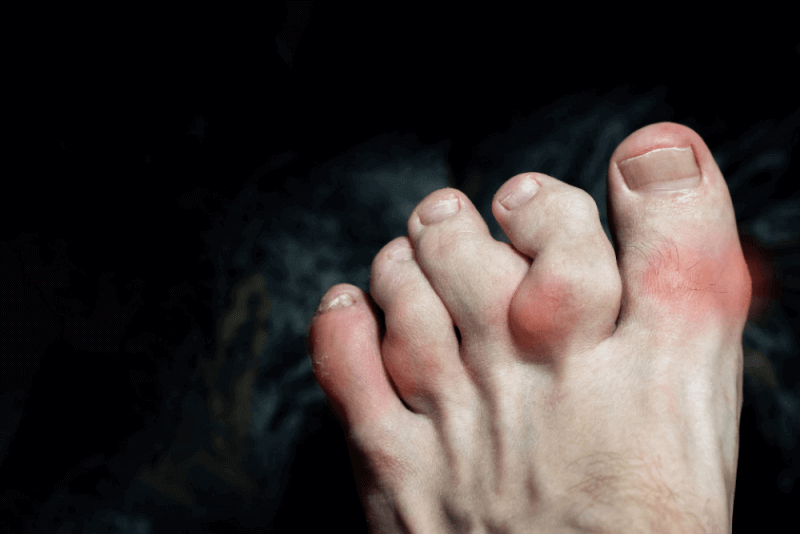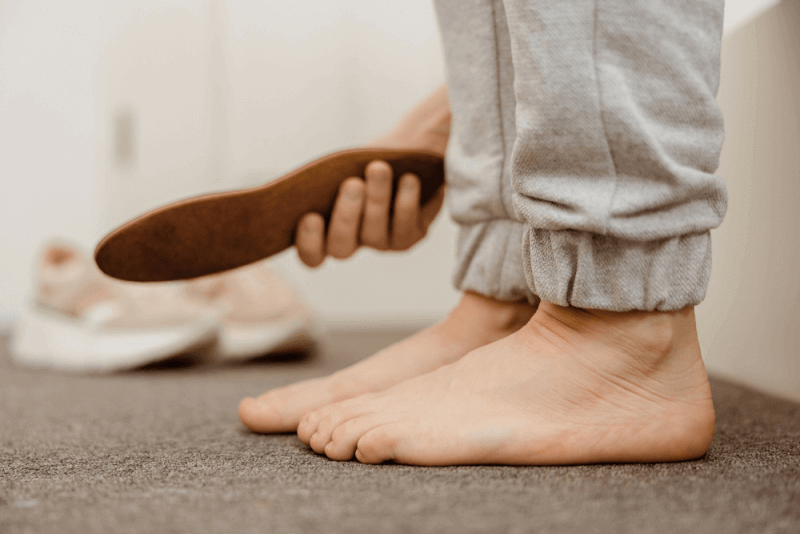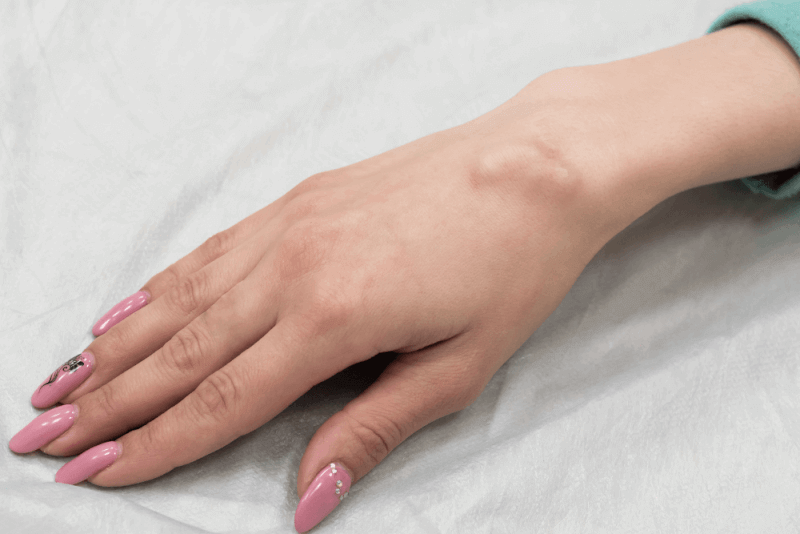30-Second Summary
- Also known as bone spurs, osteophytes are smooth bony projections that develop on the surface of bones.
- Although commonly seen, they usually do not cause any problems and are often diagnosed incidentally.
- The cause of tissue damage can vary greatly, but in general, it occurs due to age-related wear and tear.
- Osteophytes do not always cause symptoms. Symptoms appear when they damage surrounding soft tissues or nerves, or interfere with joint functions.
What is an Osteophyte?
Also known as bone spurs, osteophytes are smooth, bony growths that develop on the outer surface of bones. Although they are common, they usually do not cause any problems and are often diagnosed incidentally. However, if the growth irritates surrounding soft tissue, interferes with joint movement, or puts pressure on nearby nerves, symptoms may occur.
Osteophytes are most commonly seen in bones under high stress, such as the spine and heels. They also form in joints or where tendons and ligaments attach to bones. They typically develop as the body tries to repair tissue damage near a bone or in response to stress. In some cases, they form as part of the body’s process of replacing damaged tissues with new bone.
Causes of Osteophytes
Osteophytes typically form when bones or surrounding tissues are damaged and begin to heal. Therefore, they appear as a byproduct of the body's natural repair process. The cause of tissue damage can vary, but most commonly results from age-related wear and tear. Additionally, various diseases and injuries can lead to the formation of bone spurs.
Conditions that may lead to osteophyte formation include:
- Osteoporosis
- Osteoarthritis
- Rheumatoid arthritis
- Lupus
- Ankylosing spondylitis
- Degenerative disc disease
- Dental diseases
- Rotator cuff tendinitis
- Foot tendinitis
- Spinal stenosis
- Repetitive strain injuries
- Accidents
- Sports injuries
Osteophyte Symptoms
Osteophytes do not always cause symptoms. In order for symptoms to appear, they must damage the surrounding soft tissue or nerves. Symptoms may also occur if they interfere with the functioning of joints. The symptoms vary depending on the location of the osteophyte.
Knee
If an osteophyte forms in the bones of the knee joint, pain may occur while moving the knee. Pain is especially intense when extending or bending the leg.
Spine
Osteophytes in the spine may cause narrowing of the area containing the spinal cord. This can lead to compression of the spinal cord or nerve roots. Because of this compression, weakness or numbness may be felt in the arms or legs.
Hip
If an osteophyte forms in the hip bone, it can cause pain during hip movements. Sometimes, this pain may be felt in the thigh or knee. Depending on its location, osteophytes can also affect the mobility of the hip joint.
It is recommended to consult a specialist if the following conditions occur:
- Swelling or pain in one or more joints
- Difficulty moving the joint
- Loss of sensation and weakness in the arms and legs
Other symptoms of osteophytes include:
- If the osteophyte forms near the skin surface, it may be visible through the skin
- Lump-like appearance around the joints
- It may be felt when the joint is bent or extended
Osteophyte Diagnosis Criteria
Osteophytes are usually diagnosed by X-ray. Since they often do not cause symptoms, they are usually discovered incidentally while investigating another condition. However, if symptoms are present, a physical examination is performed first. This is followed by imaging tests, including CT and MR.
If osteophytes cause nerve-related problems, additional tests may be required to assess the condition of the nerves and determine whether the osteophytes are the cause. These tests include electromyography (EMG) and nerve conduction studies (NCS). These tests work by sending electrical impulses to the nerves to determine how they are affected.
Osteophyte Treatment Methods
Osteophytes generally do not require any treatment. However, if an osteophyte causes mobility issues, doctors may offer suggestions to relieve symptoms. In cases where osteophytes cause serious complications that affect daily life, surgery may be recommended for removal.
Medication
If bone spurs are causing pain, doctors may recommend over-the-counter pain relievers. These may include:
- Paracetamol
- Ibuprofen
- Naproxen sodium
Therapies
Physical therapy can help strengthen the muscles around the joints and improve flexibility. This helps to reduce pain and improves the patient's overall condition.
Surgery and Other Procedures
If osteophytes severely affect daily life, surgery may be needed to remove the bone spur. The procedure may involve removing the osteophyte and possibly replacing the affected bone. The decision for surgery depends on the location and how much the osteophyte limits mobility.
Lifestyle and Home Remedies
For people who are overweight, especially those with osteophytes in the knees, losing weight can significantly reduce pain.
Exercise helps both with weight loss and with strengthening the muscles around the bone spur, which can alleviate symptoms. Beneficial exercises include walking, cycling, and swimming.
Where Do Osteophytes Commonly Occur?
Osteophytes can form in the following areas of the body:
- Feet, especially the heels
- Hands, especially around the joints
- Shoulder joints
- Hip joints
- Knee joints
- Neck
- Spine
Osteophyte Complications
Osteophytes usually do not cause serious complications. However, due to the special structure of the spine, bone spurs in this region may lead to more severe problems. Although rare, the potential complications include:
- Pressure on the nerves in the spinal cord
- Difficulty swallowing due to bone spurs in the neck
- Chronic coughing and unexpected choking caused by neck bone growths
If a condition called radiculopathy develops, serious pain and additional complications may occur. These may include:
- Paresthesia, which causes tingling, numbness, or a pins-and-needles sensation
- Muscle weakness
- Loss of muscle control
- Urinary incontinence
- Loss of bowel control
How to Prevent Osteophytes
It is not entirely possible to prevent bone spurs. In most cases, they occur due to tissue degeneration related to aging. However, paying attention to overall health as you age can help reduce tissue degeneration. Important points to consider for general health include:
- Maintaining a balanced diet and ensuring the intake of essential vitamins and minerals
- Establishing an exercise routine that includes stretching
- Reaching and maintaining an ideal weight, especially for those who are overweight
- Paying attention to proper posture







